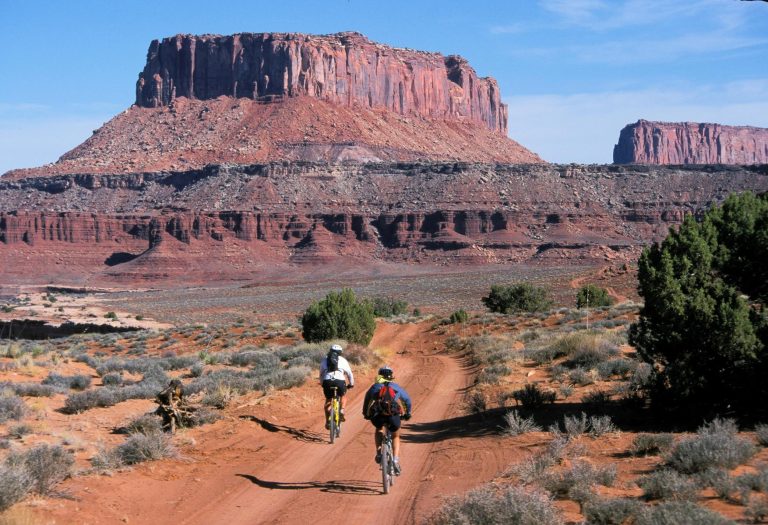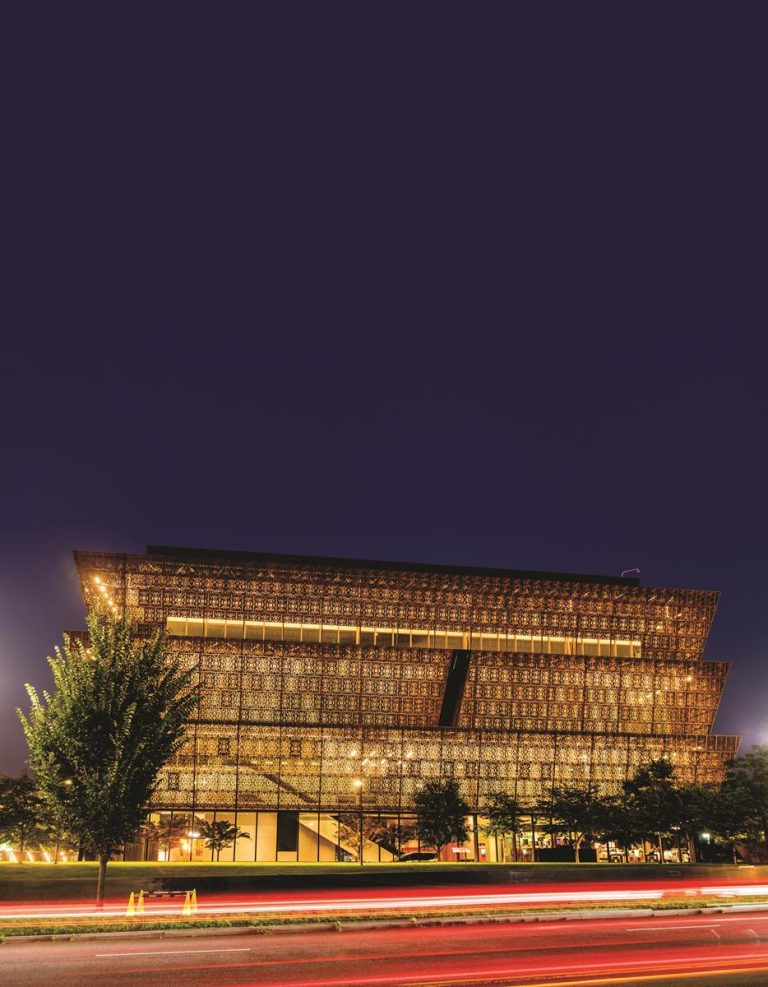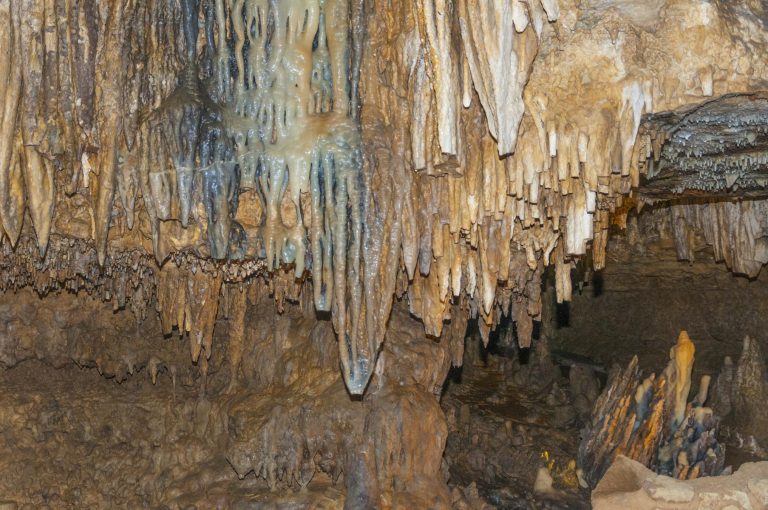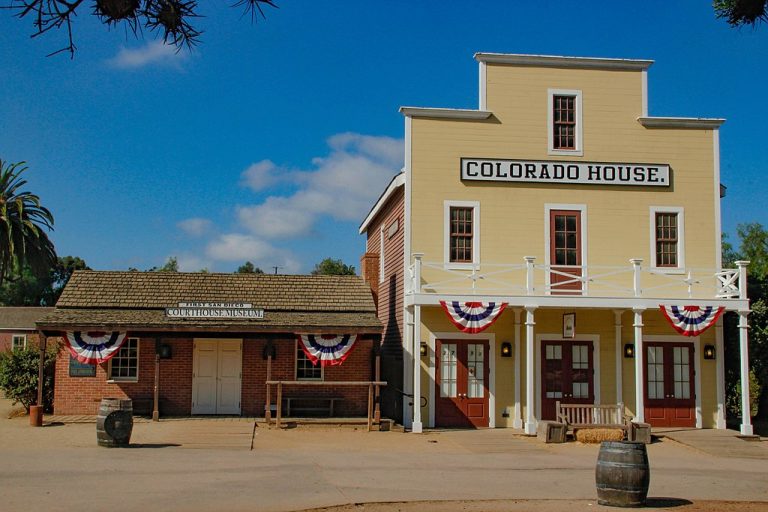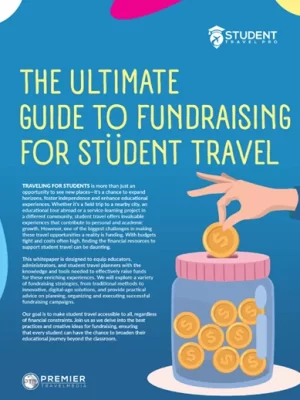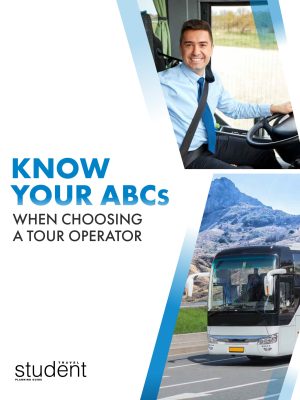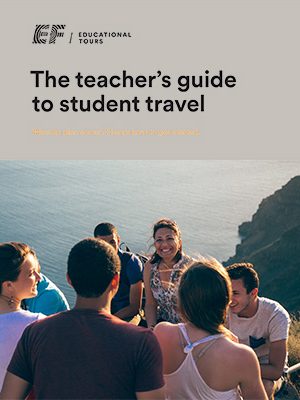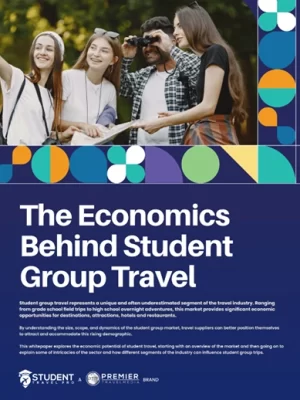Museums and Zoos
Dive into the depths of the baby blue water at the Aquarium of the Pacific in Los Angeles. Countless hands-on activities were made for middle and high school students to connect the dots of sea creatures and science. Start off the field trip with Animal Exploration. Students will get their hands wet in the tidepool while listening to an educator about certain types of animals. Then front stroke to the next activity of fishing. Students will experiment with different fishing techniques to determine the best means of avoiding bycatch, overfishing and environmental degradation while maximizing sustainability. Said activities plus more will have your field trip go swimmingly.

Credit: Visit California
Take a trip to the Big Lab at the California Science Center. Here, students will discuss gravitational acceleration and the drag of prototypes and complete activities including the impact of weight on carts traveling down ramps and building and testing roller coaster tracks. After this, your group can go walk through a tunnel at the bottom of a 188,000-gallon tank of the “Kelp Forest.” They will find plants and animals like leopard sharks, Garibaldi, bat rays and moray eels found off the southern coast. There are plenty of more hands-on exercises that will keep your students thirsty for education.
La Brea Tar Pits offers so many STEM activities that this can be a weekend-long field trip. The “Tar Pits” are the only actively excavated Ice Age fossil site found in an urban location in the world. Animals, plants and insects were trapped in the sticky asphalt, which preserved them for us to find today. Therefore, on the first day of the field trip, take your students to the “Tar Pits” followed by the “Lake Pit,” which is pit leftover from asphalt mining operations in the late 1800s. Then stroll through the “Pleistocene Garden,” where you’ll find four different ecological systems: Coastal Sage, Riparian, Deep Canyon and Chaparral. La Brea Tar Pits includes many programs. The Excavator Tour explores the Fossil Lab, where real paleontologists work. The tour also explores the excavation pits and Project 23, where students can see live excavations. Ice Age Meet and Great is another program where educators will bring to life science taken place behind-the-scenes at the “Tar Pits”.

Credit: Discover Los Angeles
On another day, teens ages 13-16 can work behind-the-scenes with expert staff to explore the stories of the Tar Pits, participate in current research projects and create a free museum event. This Teen Program aims for participants to explore their interests in the natural world and to have an experience that will stand out on college applications. In the Youth Program, (ages 10-12) the students will make science projects and contribute live data to real scientists and their work. If you reserve a date for your field trip, and educator will give your group a tour inside the museum or by the tar pits. The “Observation Pit” is also available where students will explore the historical La Brea excavation, complete with real fossils still buried in the asphalt.
Universities and Academia
California Institue of Technology (Caltech) is a world-renowned science and engineering institute. The university offers seven different summer camps for ages four to 18. Middle school students would be interested in Project Science or Education Unlimited. Project Science is for girls who have a passion for STEM, and girls are immersed in daily interactions with female role models of the STEM world. Education Unlimited is a program that has engineering, robotics and public speaking courses. The Summer Research Connection is a six-week program for high schoolers where students are placed in CalTech labs to conduct scientific research. All of these summer camps are a great head start for students interested in STEM studies.

Credit: University of Southern California
The University of Southern California, a private school, offers 85 Engineering degrees. There are two options of tours available for students. A regular campus tour includes a 30-minute admissions presentations with a 90-minute walking tour, while MEET USC includes both of those plus a one-hour academic department session. As a teacher, this means you can choose a school from USC you think your students would be interested in learning about. A handful of STEM-based schools include engineering, law, medicine, occupational therapy and pharmacy.
Industry and Technology
Embark on an interactive adventure where students will explore the physics of light and sound through attractions at the Magic Kingdom at the Disney Youth Education Series. This three-hour program for grades 3-12 is year-round. Students will learn how light and sound waves affect day-to-day life at Disney. After completing Energy and Waves Physics Lab, students are able to articulate a variety of forms of energy, define a medium and acoustics, demonstrate how white light is composed of different colors of light, articulate the parts of a wave and loads more.

Credit: Disney Youth Programs
There is no better place than the Aerospace Corporation to introduce STEM. students are exposed to instructional demonstrations. Tours include robotic challenges, virtual reality demonstrations, and students may even witness a simulated rocket launch. The Aerospace Corporation hopes students will be encouraged to pursue studies in the STEM field.
Outdoor/Nature Activities
Bike, run, hike and look for wildlife such as birds flying down the Pacific Flyway. Walk through Los Angeles State Historical Park to explore the archaeological features that hint at the park’s history. The history of the Southern Pacific Railroad’s River Station includes a waterwheel, freight house, roundhouse, depot and station yard. Rows of deer grass hint of vanished railroad tracks. The Flat Iron Building, walking distance from the park, is the second oldest industrial building standing in Los Angeles. The park also provides environmental living overnight trips and in-school programs. Students will learn about natural and cultural history through hands-on experiences and interactions.

Los Angeles County Botanic Garden and Arboretum
Take your students to the beautiful and green 127-acre Los Angeles County Botanic Garden and Arboretum. Not only will you see the eight plant-filled gardens, but also Balwin Lake, Crescent Farm, wildlife and historic structures. You can also sign up for a docent-led tour where student admission is free. The tour lasts two hours and includes plant structures, adaptations, life cycles, reproduction and interrelationships between people and plants.



